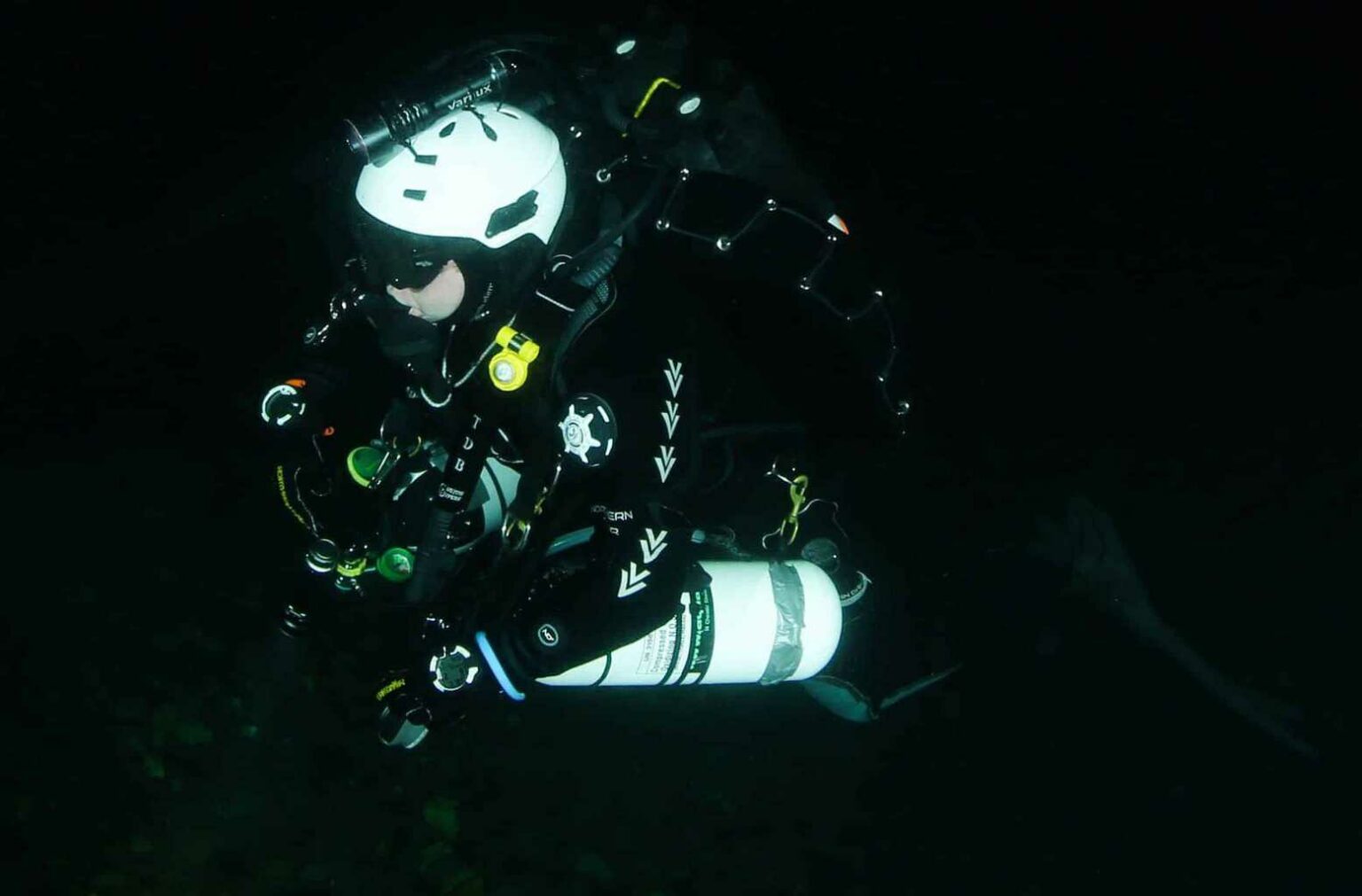Scuba Diver's resident dive lawyer Andrew Tonge answers your questions… this time relating to the size of a dive team.
Question – l run a dive centre. During our open water sessions, I have seen a number of other dive centres carrying out training dives with very few diving staff. By law, is there a required number of people that must take part in a training dive?
Answer – Regulation 6 (3) (a) of the Diving at Work Regulations 1997 (DWR), which apply to recreational diving in the UK, provides that:
(3) The diving contractor shall –
(a) ensure that there are sufficient people with suitable competence to carry out safely and without risk to health both the diving project and any action (including the giving of first-aid) which may be necessary in the event of a reasonably foreseeable emergency connected with the diving project;
The Approved Code of Practice (ACOP) for Recreational Diving Projects (latest edition December 2014), in relation to Regulation 6 of the DWR, provides more guidance.
As regards the proper approach to assembling the dive team:-
The diving contractor should identify the minimum size of team for a safe diving operation based on the requirements of the risk assessment and diving project plan.
The team should be of a sufficient size to comply with the risk assessment and the diving project plan and to enable the diving operation to be completed safely. For recreational diving instruction this needs to take into account the number of ‘trainees’ and appropriate instructor-to-student ratios in the water.
The decision on instructor-to-student ratios should be linked back to the findings of the risk assessment and should not exceed the recommended levels of the appropriate recreational diving organisation. Where qualified people are being guided or are under instruction, the appropriate instructor- to-student ratio depends upon the site conditions and the nature of any exercise being undertaken.
As regards the size of the dive team:-
The absolute minimum team size for a dive using recreational techniques is three, one person on the surface and two in the water. The acceptability of this number must be based on the risk assessment and diving project plan. One of these three people should be the supervisor. The supervisor is normally the most experienced and well-qualified diver in the team and in a team of three will normally be leading the dive underwater.
The two divers in the water should be capable of rendering assistance to each other in the event of an emergency under water. Under specific circumstances, one of these divers can be a student undergoing training, provided that they have been trained in rescue techniques, have been assessed as competent to carry out rescue techniques and have reached the minimum competency level required for this task set out by the appropriate recreational diving organisation.
The person on the surface does not have to be someone able to dive but they should be familiar with the diving project plan and the arrangements for obtaining assistance in the event of an emergency.
All the people who form part of the dive team must be competent to discharge the duties they hold. HSE approves certain qualifications for diving under this ACOP which indicate that a minimum level of competence has been assessed. Qualifications alone do not always demonstrate fitness to undertake a task. The diving contractor has a duty to engage competent people, which may require that the dive team’s competence is verified or demonstrated.
What can be seen from the ACOP is that there is no ‘one-size-fits-all’ when it comes to the number of people of people that constitute the dive team. The DWR requires that the diving contractor puts in place a dive team of sufficient people with suitable competence to discharge the relevant duties. The ACOP requires that consideration is given to the risk assessment and diving project plan and instructor-to-student ratios. Consideration of instructor-to-student ratios will usually require application of the rules and recommendations of the relevant diving body, such as PADI, SSI, RAID, etc. The ACOP goes on to say that an absolute minimum size for a dive using recreational techniques is three, one person on the surface and two in the water.
As you will see from the ACOP, the size of the dive team varies when diving in pools in certain circumstances. There are also certain requirements in the ACOP relating to the provision of first aid, which may inform the size of the dive team, especially when diving in more remote locations. The general guidance to the ACOP says that if you follow the ACOP, you will most likely be satisfying the DWR. What has to be remembered is that the Health and Safety Executive Diving Inspectors will take a dim view if the composition of the dive team is lacking. The courts will no doubt deal harshly with those involved in any recreational diving project where cutting corners in relation to the dive team causes injury or death.
NB: This article or answer, as with other articles and answers I have written and will write, is not legal advice, but is simply by way of illustration. Each case or set of circumstances is wholly different and before any steps are taken, anyone that is unsure of his or her legal position should take specialist legal advice.
Andrew Tonge is a lawyer and director at Nexus Solicitors Limited, Manchester, where he advises a number of businesses in the diving and subsea industry. He is also a PADI technical diving instructor and experienced diver. All views shared within this article are his own.
PHOTO CREDIT: STEVE BARNARD








